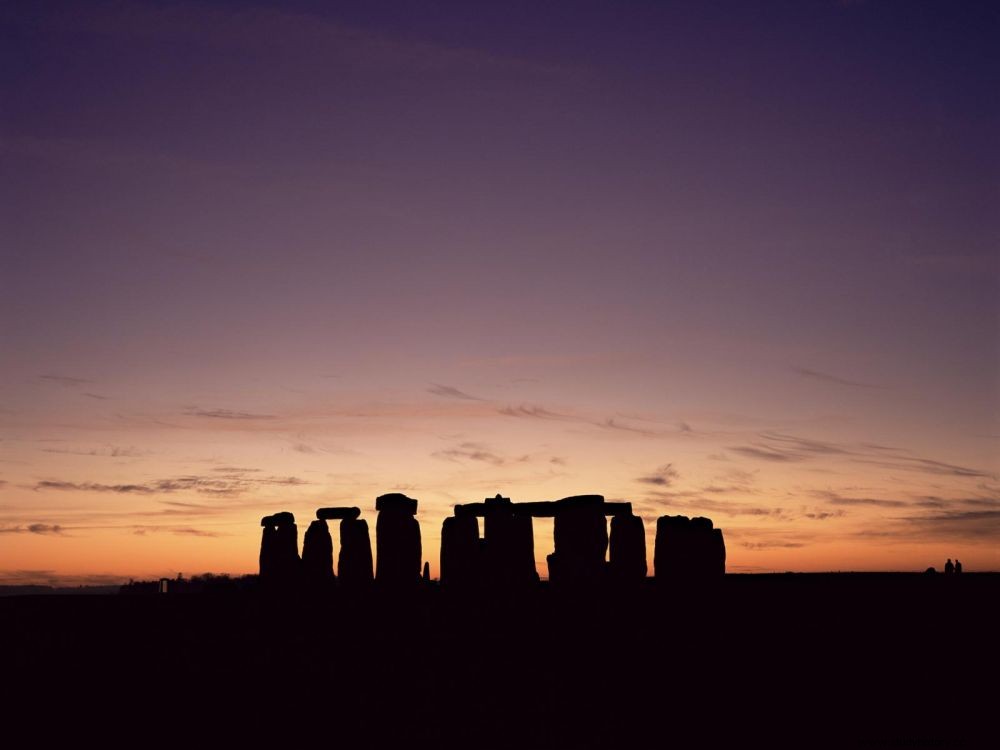Using a sample taken from one of the stones in the 1950s, British and South African researchers were finally able to solve one of the lingering mysteries around the Stonehenge site:that of the origin of the megaliths, taken from a small wood 25 kilometers away.

If the origin of the smaller stones of Stonehenge, located in the center of the monument, had been discovered in recent years, that of the megaliths still remained unknown.
Archaeologists claim to have finally solved the mystery of the origin of the megaliths of Stonehenge, a legendary Neolithic monument located in the county of Wiltshire, England, and listed as a UNESCO World Heritage Site. Their work is the subject of a publication on July 29, 2020 in the journal Sciences Advances . Geochemical tests indicate that 50 of Stonehenge's 52 pale gray sandstone megaliths, known as sarsens , share a common origin:the site of West Woods, a tiny wood located about 25 km from the famous structure, on the edge of Marlborough Downs, Wiltshire. All would have been erected around the same time, around 2,500 BC
Two types of rock, two origins
The archaeologists had been able to identify a few years ago the origin of the smallest stones of the monument, which we echoed in this article of 2015. That of the megaliths, the most imposing, however still remained a mystery. Stonehenge is indeed composed of two different types of rock:megaliths, which are blocks of sandstone called sarsen , while the rocks of smaller size, arranged in a circle and a horseshoe inside the megalithic ring and known as bluestones, or blue stones, are made of dolerite (igneous rock similar to basalt) and rhyolite (fine-grained volcanic rock).

Geologist David Nash observing the core taken from block 58 of the Stonehenge circle. Credits:Sam Frost/English Heritage
Many studies and the discovery of old quarries had eventually led researchers to consider that the magmatic blue stones came from the Preseli hills, in south-west Wales, more than 200 kilometers from the site. Regarding the megaliths, only one study has so far focused on their origin.
A riddle solved with a carrot
In fact, the analyzes performed by the team of geoscientist David Nash and archaeologist Timothy Darvill would not have been possible had it not been for the unexpected rediscovery in 2018 of a 1.08m Stonehenge core sampled 1.08m ago. 60 years in the heart of a megalith. Preserved in the United States, it had been extracted during conservation work in the late 1950s, when metal rods had been inserted to stabilize a cracked megalith. It was she who allowed them to study the characteristics of the rock in a non-intrusive way, without risking damage to the monument.
"[It's] really exciting, we have an answer to a question that has plagued archaeologists for almost 400 years, namely where do the big stones come from, here sarsen type stones. For many years , researchers say they probably come from the Marlborough Downs, which are about 20 miles (32 km) north of here, where there are natural sarsens broadcasts, but we had never been able to say it exactly" , Dr. Susan Greaney, a historian at English Heritage, told Reuters.
Unfortunately, with Stonehenge, one mystery always seems to hide another:why did its builders choose West Woods over any other? For the researchers, the size and quality of the rocks, as well as the good accessibility to the site, may have contributed to this decision.
